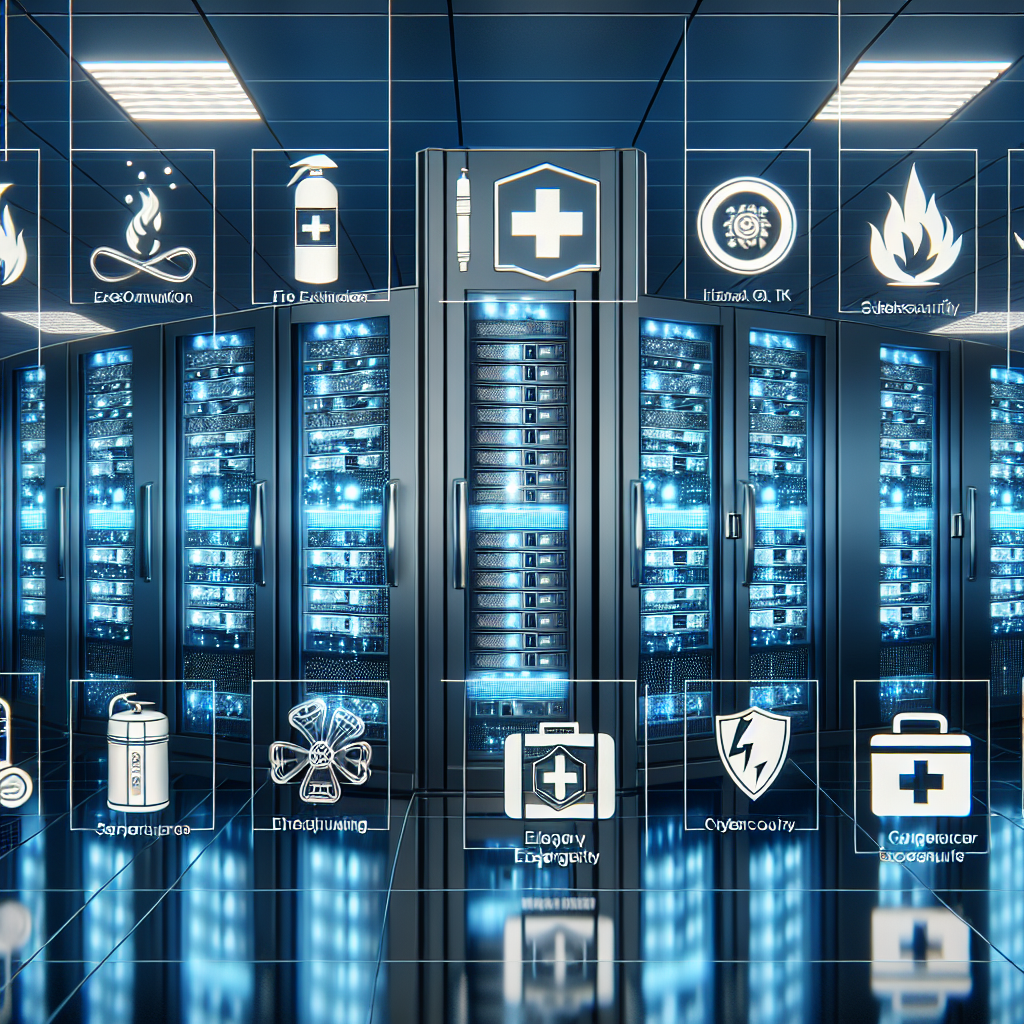Data centers are critical components of modern businesses, serving as the hub for storing, processing, and managing vast amounts of data. With the increasing reliance on data centers, ensuring the safety and security of these facilities has become paramount. In this comprehensive guide, we will discuss various safety measures that can be implemented to protect data centers from physical threats, natural disasters, and human errors.
1. Physical Security Measures:
Physical security is the first line of defense for data centers. Access control systems, such as biometric scanners, key cards, and PIN codes, can restrict entry to authorized personnel only. Security cameras and surveillance systems can monitor the facility 24/7, providing real-time alerts in case of any suspicious activity. Additionally, perimeter fencing, security guards, and alarm systems can further enhance the physical security of data centers.
2. Fire Suppression Systems:
Fire is a major threat to data centers, as it can quickly destroy equipment and data. Installing fire suppression systems, such as sprinklers, fire extinguishers, and smoke detectors, can help prevent and contain fires before they escalate. It is important to regularly inspect and maintain these systems to ensure their effectiveness in case of an emergency.
3. Environmental Monitoring:
Data centers are sensitive to environmental conditions, such as temperature and humidity. Monitoring these factors can prevent equipment overheating and potential damage to the data center. Automated environmental monitoring systems can provide real-time alerts and notifications to data center operators, allowing them to take immediate action to address any issues.
4. Redundant Power Supply:
Power outages can disrupt data center operations and lead to data loss. Implementing redundant power supply systems, such as backup generators and uninterruptible power supply (UPS) units, can ensure continuous power supply to critical equipment in case of a power outage. Regular testing and maintenance of these systems are essential to ensure their reliability during emergencies.
5. Disaster Recovery Plan:
Despite all preventive measures, natural disasters, such as earthquakes, floods, or hurricanes, can still pose a threat to data centers. Having a comprehensive disaster recovery plan in place can minimize downtime and data loss in the event of a disaster. This plan should include backup and recovery procedures, off-site data storage, and regular testing to ensure its effectiveness.
6. Employee Training and Awareness:
Human errors are a common cause of data center incidents. Providing thorough training to data center staff on safety protocols, security procedures, and emergency response can help prevent accidents and mitigate risks. Regular drills and exercises can also help employees be prepared for various scenarios and act swiftly during emergencies.
In conclusion, data center safety is a multifaceted endeavor that requires a combination of physical security measures, fire suppression systems, environmental monitoring, redundant power supply, disaster recovery planning, and employee training. By implementing these safety measures, data center operators can protect their facilities from potential threats and ensure the uninterrupted operation of critical data systems.


Leave a Reply